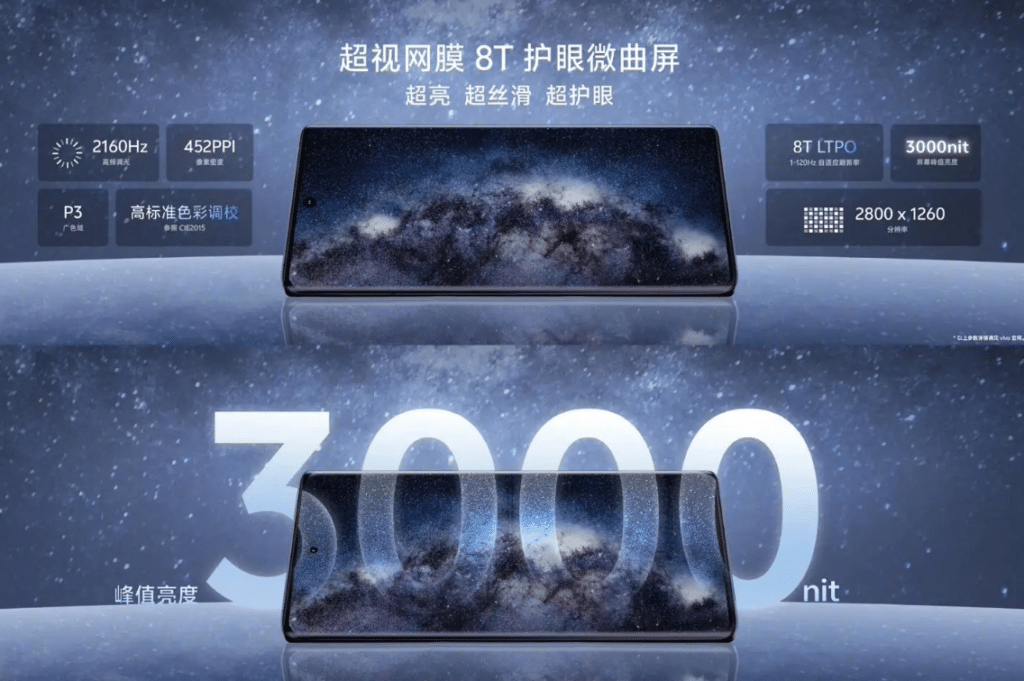Vivo Communication Technology Co., Ltd. recently launched the Vivo X100 Pro, featuring full high-frequency PWM dimming technology. This innovation aims to reduce flicker, although it might impact the display effect and slightly increase power consumption.
Furthermore, Han Boxiao, the company’s product manager, took to Weibo to explain the nuances of this technology. He noted that the LTPO 8T screen, due to its circuit design, operates on low-brightness high-frequency PWM and medium to high-brightness 3em Pulse dimming. Consequently, this results in an Svm slightly above 0.4, potentially causing discomfort to individuals sensitive to stroboscopic light.
In December 2023, Vivo engineers successfully demonstrated a full high-frequency 2160Hz demo, leading to a half-month delay in the release of the X100 series and IQOO 12 OTA updates to integrate this feature. Boxiao emphasized that full-brightness high-frequency PWM dimming might become the preferred solution for most future flagship phones utilizing LTPO 8T technology.
Boxiao also acknowledged that the power consumption of full high frequency is higher than that of 1 Pulse. However, in the X100 series, the average impact on power is just 2-3%. The iQOO 12 and Neo9 series exhibit similar consumption patterns. Thanks to ProMotion display technology, these devices can save 1-2% of power, and the high-frequency PWM doesn’t compromise this benefit.
The vivo X100 series boasts a 6.78-inch 2800×1260 Super Retina 8T eye-protecting slightly curved screen with a peak brightness of 3000nit. It utilizes 8T LTPO backplane technology, which the company claims can balance 90 frames’ power consumption with 120 frames’ smoothness. Additionally, the series supports innovative Night Owl eye protection features, including a 360-degree environmental sensor, Acrylic deeply customized chip IP, and a retinal comfort human factor model, enhancing user experience and safety.
Read Also: Vivo X100 Pro+ Leaked: 2K Samsung E7 Screen and Sony LYT900 Main Camera


